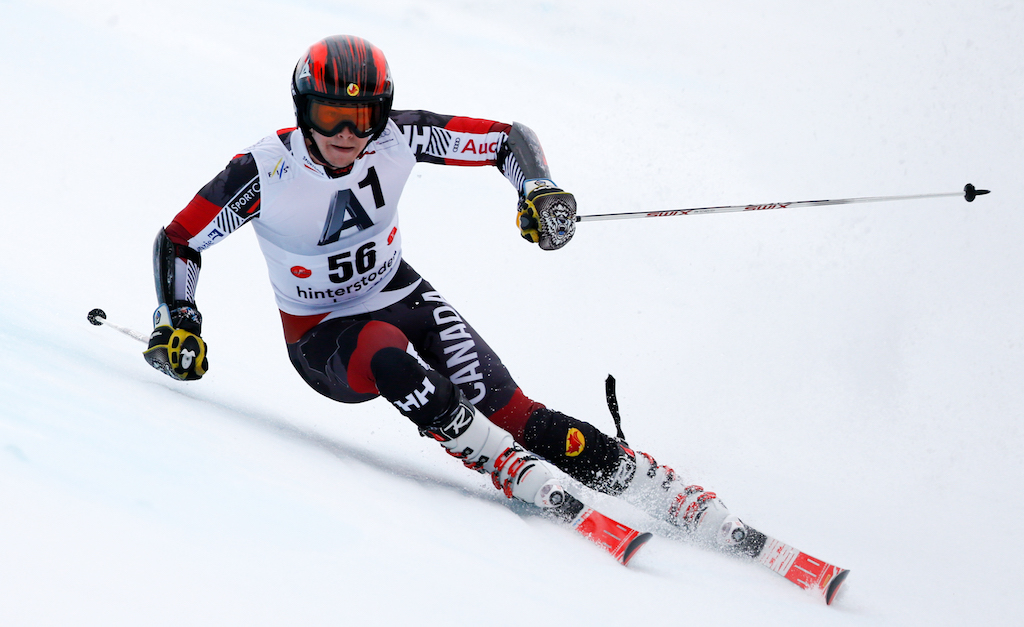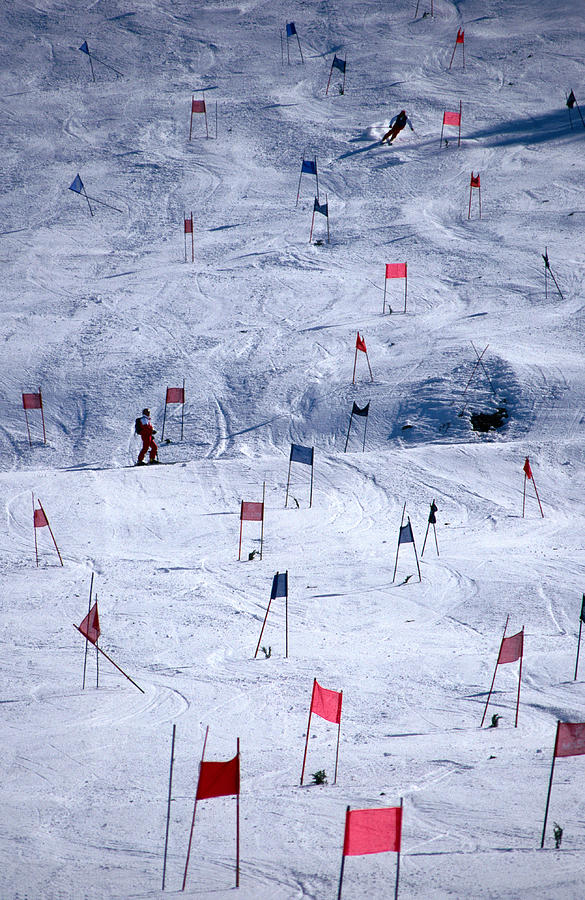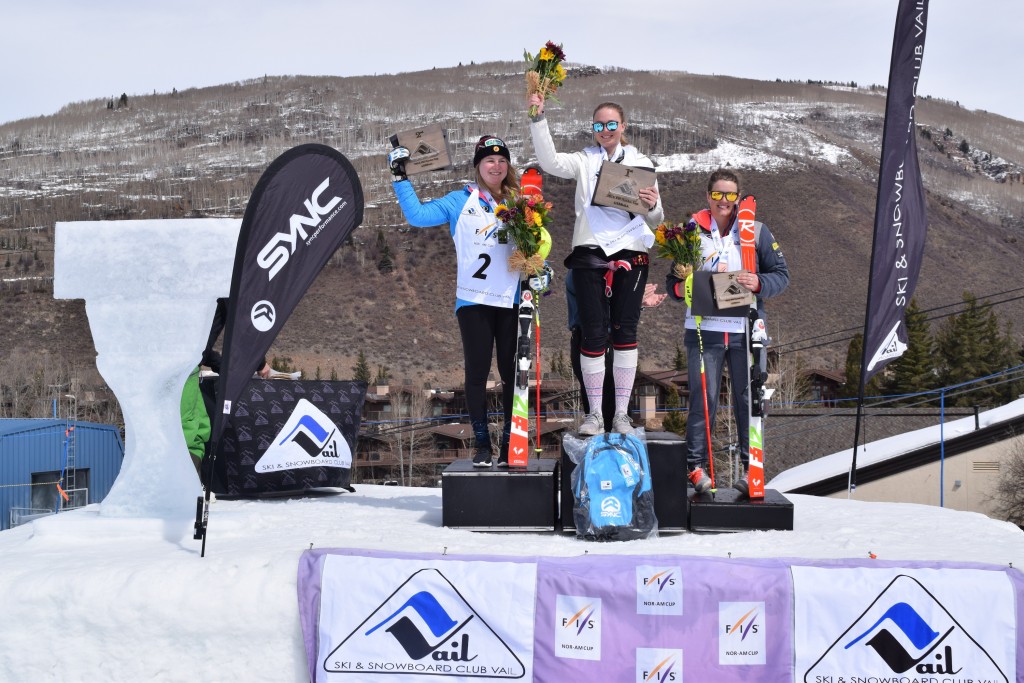

This tight course means that skiers need to be precise and powerful in their turns as they carve from gate to gate. Slalom features an average of one gate per second that skiers have to hit (usually in a red/blue order) the whole way down the 180-220 metre course. Although the Giant Slalom is considered a technical event, it’s still extremely fast and demanding for the athletes which results in a great spectator eye candy. Giant Slalom is made up of two different courses, usually on the same ski run, with around 56-70 gates being used in total. Giant Slalom: While Downhill and Super-G are speed events, Giant Slalom and Slalom are the technical events. “A typical downhill course is a test of ‘technique, courage, speed, risk and physical condition’” The gates are spaced between 6 – 8 metres apart, which gives a more technical challenge (compared to the Downhill), while still serving up some breakneck speeds.Ī big part of Super-G is that athletes aren’t allowed a practice run before their timed run, meaning they only get to see the course in the morning, and do their best to run the course in their heads before the big event. Super-G: As the name suggests, Super Giant Slalom is essentially a stretched out Giant Slalom with a vertical drop of 400-650 metres for both men and women.

This statement is right on the money, as skiers are known to reach over 100mph on gradients over 85 degrees (and that’s before we even mention the heart-in-mouth jumps. The F.I.S say that a typical downhill course is a test of “technique, courage, speed, risk and physical condition”. Credit: Jon Wickĭownhill: Downhill courses have been designed for maximum speed and knee-jarring corners. Photo: Andrej Šporn at the 2010 Winter Olympic downhill.

Sidecut gave carving skis an hourglass shape which, when turned on edge, made for extremely easy turn initiation and strong edgehold. Most notable of these was the invention of sidecut to skis, which quickly replaced traditionally straight skis. Some major technical improvements have really helped skiers reach breakneck speeds while arcing high g-force turns. As ski developed – especially with the invention of cambered skis and metal constructions – more and more downhill ski races began to pop up around the globe.Īlpine Skiing has progressed from strength to strength since these fairly modest beginnings. These early ski races happened in the 1860s.

“More and more downhill ski races began to pop up around the globe”Īs ski design progressed in the 1800s, we began to see recreational downhill ski races being organised in the United States and Norway. This, however, was something that would more closely resemble modern day cross country skiing. This competitive spirit came in the form of the Norwegian army turning skiing into a sport by creating courses down short slopes, through forests and flat snowfields. It wasn’t until 1767 before we saw skis used for competition. We can trace the roots of skiing all the way back to over 8,000 years ago, where the Sámi people of Scandinavia used skis as a mode of transportation around the cold and inhospitable terrain of northern Scandinavia. Photo: Gay Couttet History Of The Alpine Ski Event A shot of the Stade Olympique de Chamonix, from 1924.


 0 kommentar(er)
0 kommentar(er)
